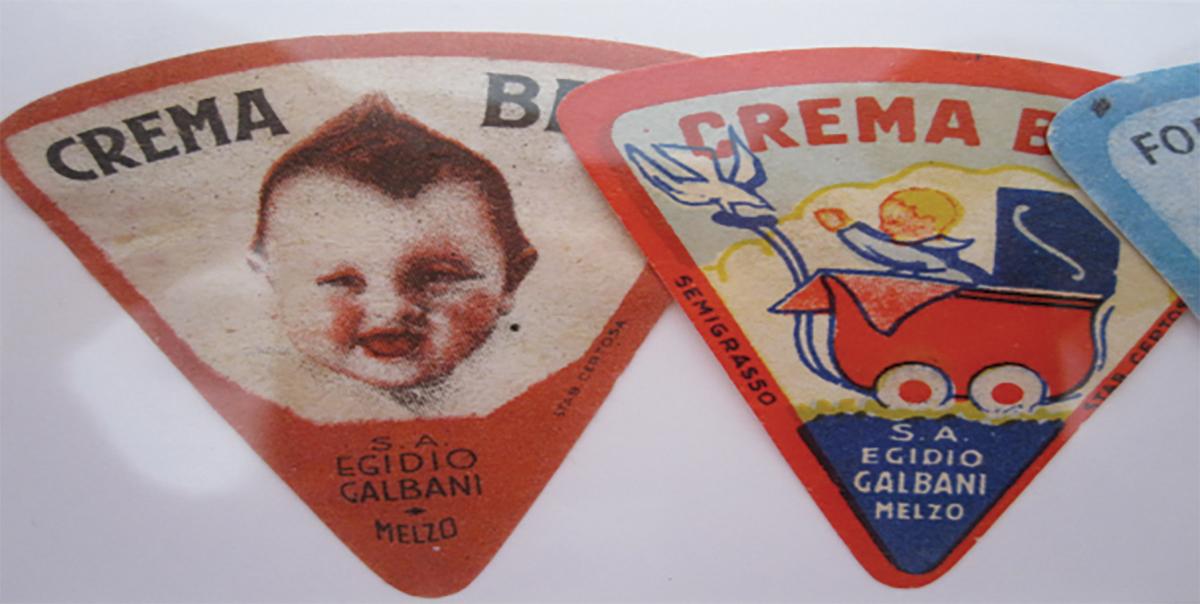
by Diana Garvin, Assistant Professor, Department of Romance Languages
How did women negotiate national politics in their daily lives under Italy’s Fascist regime? In this year’s research with CSWS, I tackled this question, the genesis for my book Feeding Fascism by investigating a new body of evidence drawn from food and foodways. Rarely do scholars endeavor to involve all five senses in their reconstruction of women’s history, perhaps due to the difficulty in sourcing such materials. To prepare this manuscript, I have conducted extensive research in over 30 Italian museums, libraries, and archives. Because many of these sites are small, isolated, and difficult to find, they have received few visits from scholars and little academic notice of their holdings. My visits to these sites allowed me to create a personal digital library of primary source materials—over 10,000 images of a wide variety of visual, textual, audio, and material culture dating from 1880 to 1970.
This archive provides unique sources such as cookbooks, kitchen utensils, cafeteria plans, and culinary propaganda to connect women’s political lives with the places where they lived and worked, and the objects that they owned and borrowed. These examples of material culture illustrate how both women and the Italian state attempted to control food in its many manifestations—cooking, feeding, and eating—to assert and negotiate power. This approach not only allows me to critically examine state narratives using a broad body of evidence, but also highlights the cultural history of the women and the masses, not just the male elite. Food complicates the idea of an all-powerful government monolith by revealing the local variations of manufacturing, construction, and financing for state enterprises. These regional histories demonstrate the unexpectedly significant extent of women’s involvement in public projects. Put broadly, I used food to investigate the history of those who did not write it. Against the dominant characterization of women’s response to regime dictates as one of passive consent, I argue that female citizens and the state actively negotiated for sovereignty over women’s labor in both the public and the private sphere through food, ultimately revealing how political power worked from the bottom up as well as from the top down.
Thanks to CSWS, I was able to spend Summer 2019 fine-tuning the narrative arc of Feeding Fascism. I designed the new trajectory to carry the reader from the historical to the political so as to underscore how normal people, places, and objects politicize under Fascism. To do so, I develop this argument across location (moving from private kitchens to public housing projects) and argumentation (moving from the conventional to the controversial). Ultimately, this trajectory broadens the way that we think about how women provided for their families during the Fascist period. They fed their families by cooking, but also by laboring in fields and factories. Through breastfeeding, women provided newborn Italians with their first food. I divide the book into two major sections, exploring the intimacy of food factories and crop fields and the publicness of domestic kitchens. Each paradox presents the colorful representations alongside the dramatic realities.
To emphasize the fusion of women’s food production and reproduction that took place under Fascism, my manuscript focuses on four topics: (1) the blending of Fascist autarchic food policies and state surveillance of the female body through the biopolitics of breastfeeding in the Perugina chocolate factory; (2) working-class women’s lived experience of feeding their families under Fascism, not only by cooking but also through gardening, foraging, and agricultural labor; (3) the translation of abstract government policies into tangible cooking methods and recipes. To conclude, I bring the reader full circle, by highlighting the surprising financial connections and professional overlaps between female cookbook authors, male kitchen architects, and the Fascist regime. I have organized the structure in this way primarily to focus on women’s subjectivity. Because women thought deeply about the daily decision of what to cook and eat, the same woman might support Fascist food policy in one situation but resist it in another. By tracing women’s paths across the private and the public spheres, I demonstrate how women’s bodies transformed the body politic through daily practices of food and feeding.
Rather than focusing on the history of the few women who formally engaged with politics, I use food to investigate the history of women from all social classes. Most past discussions have posited two opposing approaches, suggesting either that using food, cooking, and feeding to decipher women’s daily political lives recreates patriarchal power structures and reduces women to domestic roles, or that the culinary does not constitute a sufficiently serious topic for inclusion in the history of gender. In contrast, I argue for a food-based material culture studies reading in this context. I contend that the study of cooking is important precisely because women spent much of their daily lives engaged in this activity. Excluding consideration of food from women’s history means ignoring how many women spent much of their time. Further, I argue that ignoring this aspect of women’s history reflects the historic denigration of practices, work, and spaces associated with women.
Recently scholars have pointed to the need for concrete and detailed evidence to understand culture in the private sphere, as well as increased emphasis on individuals’ choices to evoke the diversity of women’s history. As Emanuela Scarpellini observed, “In the long run, the major efforts [of the regime] had very different effects than originally intended. Their history is interesting, in that it can respond to important questions—who were the addressees of these campaigns? Were propaganda and advertising enough to sell a product? What factors really influenced consumption?” My work addresses Scarpellini’s questions by using an integrated archive to evaluate the real effects of Fascist alimentary policy. Feeding Fascism situates new examples of material culture within the broader context of power negotiations between women and the state, ultimately adding an adaptive and resourceful approach to the scholarship of the modern history of gender and culture.
—Diana Garvin is an assistant professor of Mediterranean studies in the Department of Romance Languages.

